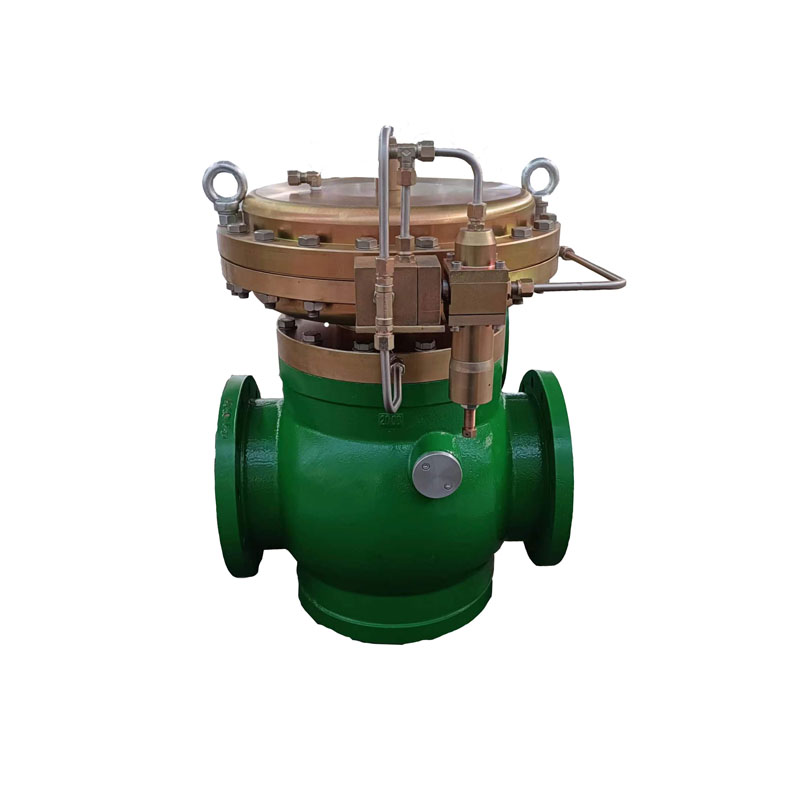
9 月 . 10, 2024 11:24
Back to list
Pressure Reducing Valve - Efficient Pressure Control Solutions
Understanding Pressure Reducing Valves Function and Importance
A pressure reducing valve (PRV) is a critical component in various fluid systems, designed to regulate and lower the incoming pressure of fluids to a predetermined, safe level for downstream applications
. This device plays a crucial role in protecting sensitive equipment, ensuring efficient operation, and maintaining safety in various industries, including water supply, gas distribution, and manufacturing processes.The primary function of a pressure reducing valve is to maintain a consistent outlet pressure regardless of variations in the input pressure. For instance, in a municipal water system, the pressure from main supply lines can fluctuate due to demand changes. Without a PRV, high pressure can lead to burst pipes, leaks, and extensive damage. By utilizing a PRV, the system can adjust incoming high pressure, making it suitable for residential or commercial use without compromising on safety.
pressure reducing valve

The working principle of a PRV involves several components, including a spring-loaded diaphragm, an adjustment screw, and a valve seat. When the fluid enters the valve, it exerts force on the diaphragm, compressing the spring. This compression adjusts the position of the valve seat, controlling the flow and pressure of the fluid exiting the valve. By setting the desired outlet pressure using the adjustment screw, users can ensure optimal performance for various applications.
The ideal installation location for a PRV is usually just downstream of a pressure source. This ensures that the pressure regulation takes place right before the fluid enters the system that requires lower pressure. Regular maintenance and checks are essential to ensure the PRV continues to function efficiently. This includes inspecting for leaks, ensuring the adjustment settings are correct, and checking for any signs of wear or damage.
In summary, pressure reducing valves are indispensable tools in managing fluid dynamics across various sectors. They enhance system reliability, protect equipment, and improve safety standards by controlling pressure levels. Whether in residential plumbing systems, industrial applications, or even in HVAC setups, understanding the role and function of PRVs is essential for anyone involved in fluid management or engineering. Their significance cannot be overstated, as they contribute to both the longevity of equipment and the safety of personnel working within these systems.
Next:
Latest news
-
Unlocking The Quality Gas Pressure ReducersNewsNov.01,2024
-
The Role of Gas Pressure Reducing StationsNewsNov.01,2024
-
The Importance and Functionality of Safety Relief ValvesNewsNov.01,2024
-
The Essential Role of Safety Valves in Natural Gas ApplicationsNewsNov.01,2024
-
The Essential Role of Gas Pressure RegulatorsNewsNov.01,2024
-
Enhance Your Premium Gas FiltersNewsNov.01,2024

